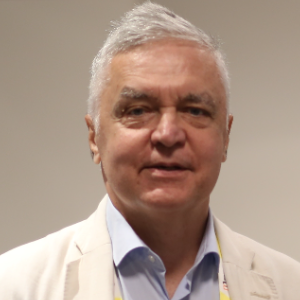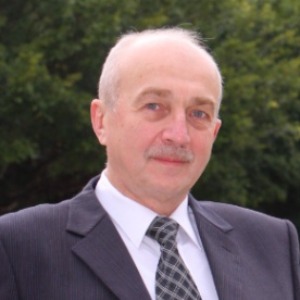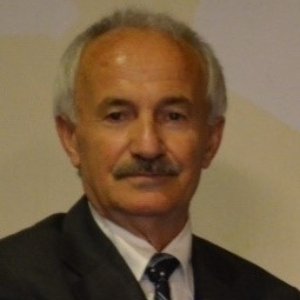Bond cleavage sometimes needs catalysts. It takes a lot of energy to separate the hydrogen atom from the carbon and bond another atom to the carbon because C-H bonds have a high bond-dissociation energy of roughly 100 kcal/mol (420 kJ/mol). Catabolism in biochemistry is the breakdown of big molecules by severing their internal links. If an enzyme catalyses an oxidation or reduction reaction instead of hydrolysis or bond cleavage, it is referred to as an oxidoreductase or a hydrolase. Cleaving agents are used in proteomics to break down proteins into smaller peptide fragments for proteome analysis. Trypsin, pepsin, and cyanogen bromide are a few examples of cleaving agents in use. The bond breaks in such a process known as heterolytic cleavage, The connection breaks in a way that leaves one of the fragments with the shared pair of electrons. With both bonding electrons present, one fragment receives an electron, while the other fragment loses an electron. Ionic fission is another name for this phenomenon. The energy needed for heterolytic dissociation is the singlet excitation energy of a sigma bond, although because to the Coulombic interaction between the two ion fragments, the actual singlet excitation energy may be lower than the bond dissociation energy. Despite having bond strengths of 80 kJ/mol and 70 kJ/mol, respectively, a silicon-silicon sigma bond has a lower singlet excitation energy than a carbon-carbon sigma bond because silicon has a stronger electron affinity and lower ionisation potential than carbon.

Stanislaw Dzwigaj
Sorbonne University, France
Dai Yeun Jeong
Asia Climate Change Education Center, Korea, Republic of
Sergey Suchkov
N.D. Zelinskii Institute for Organic Chemistry of the Russian Academy of Sciences, Russian Federation
Enrico Paris
CREA-IT & DIAEE, Italy
Rabeharitsara Andry Tahina
GPCI-ESPA Antananarivo University, Madagascar
Jiri Dedecek
J Heyrovsky Institute of Physical Chemistry , Czech Republic
Uday Som
Research and Development Engineer, Japan
Vladimir G Chigrinov
Hong Kong University of Science and Technology, Russian Federation



Title : Distant binuclear vanadium V(II) cationic sites in zeolites and their reactivity
Jiri Dedecek, J Heyrovsky Institute of Physical Chemistry , Czech Republic
Title : Advanced nanostructures for carbon neutrality and sustainable H₂ energy
Tokeer Ahmad, Jamia Millia Islamia, India
Title : Personalized and Precision Medicine (PPM) as a unique healthcare model via bi-odesign, bio- and chemical engineering, translational applications, and upgraded business modeling to secure the human healthcare and biosafety
Sergey Suchkov, N.D. Zelinskii Institute for Organic Chemistry of the Russian Academy of Sciences, Russian Federation
Title : Antibody-proteases as a generation of unique biomarkers, biocatalysts, potential targets and translational tools towards nanodesign-driven biochemical engineering and precision medical practice
Sergey Suchkov, N.D. Zelinskii Institute for Organic Chemistry of the Russian Academy of Sciences, Russian Federation
Title : Dimethyl ether synthesis from syngas over Cu-Zn/Al2O3 catalysts prepared using the Sol-Gel method
Uday Som, Research and Development Engineer, Japan
Title : Influence of various catalysts on H₂ enhancement and CO2 capture during syngas upgrading
Enrico Paris, CREA-IT & DIAEE, Italy
Title : Photoaligned azodye nanolayers : New nanotechnology for liquid crystal devices
Vladimir G Chigrinov, Hong Kong University of Science and Technology, Russian Federation
Title : Application of vanadium, tantalum and chromium single-site zeolite catalysts in catalysis
Stanislaw Dzwigaj, Sorbonne University, France
Title : Oxidation of methane to methanol over pairs of transition metal ions stabilized in the zeolite matrices
Jiri Dedecek, J Heyrovsky Institute of Physical Chemistry , Czech Republic
Title : The Concept and Implications of Low Carbon Green Growth
Dai Yeun Jeong, Asia Climate Change Education Center, Korea, Republic of